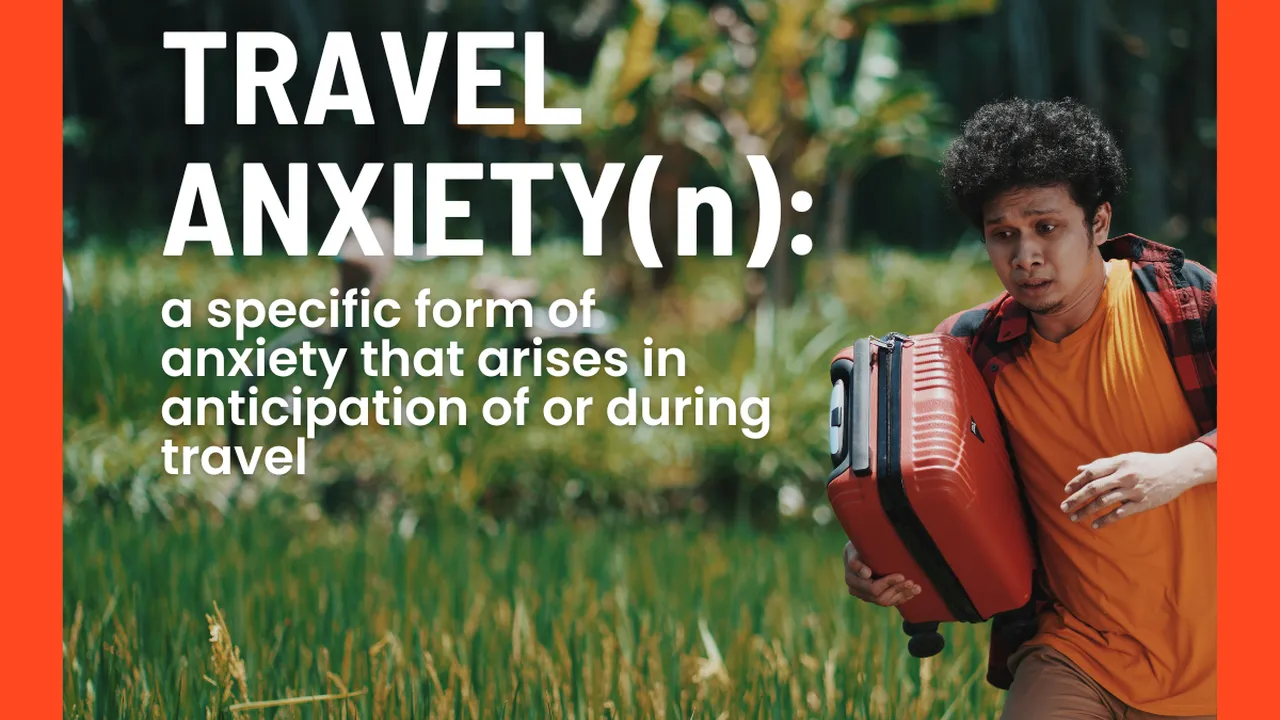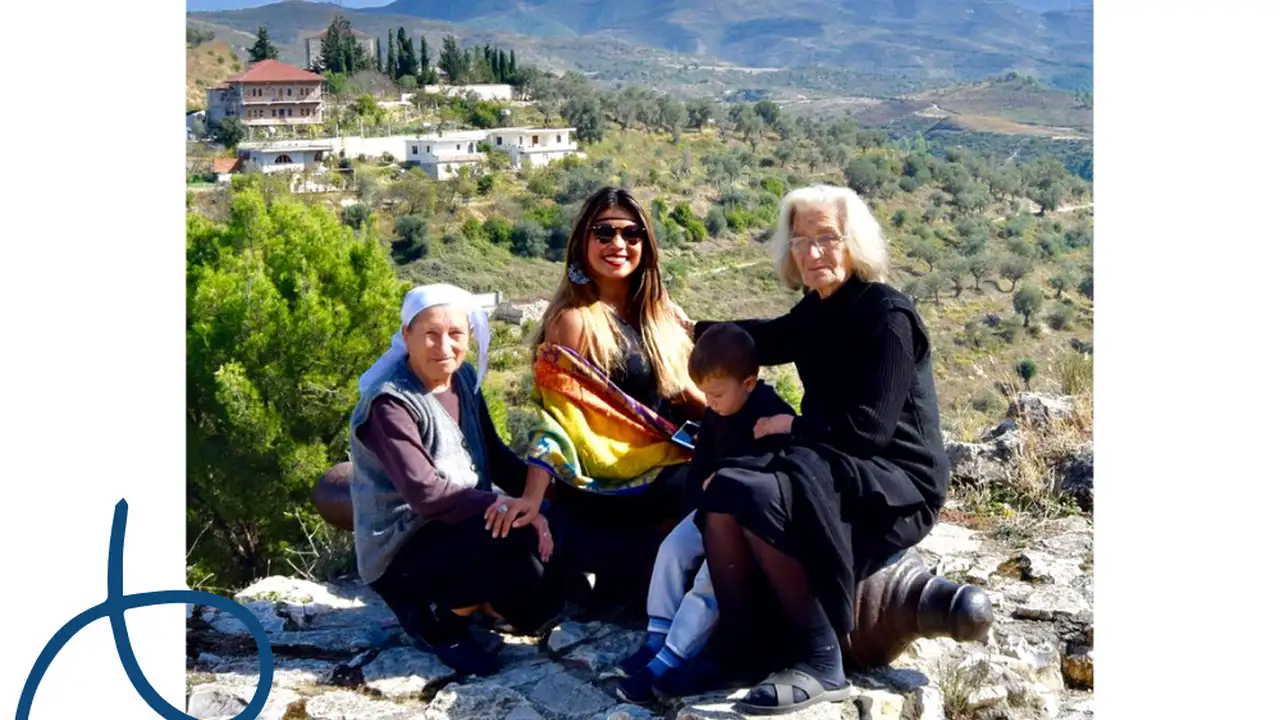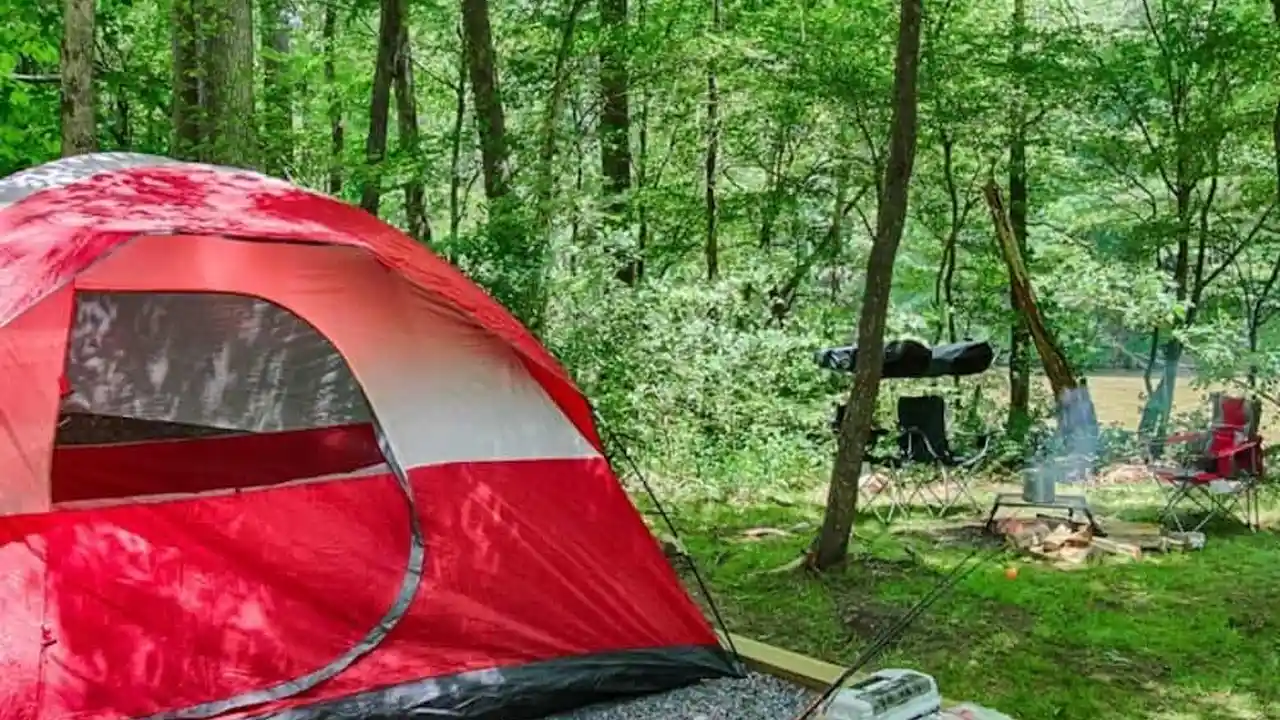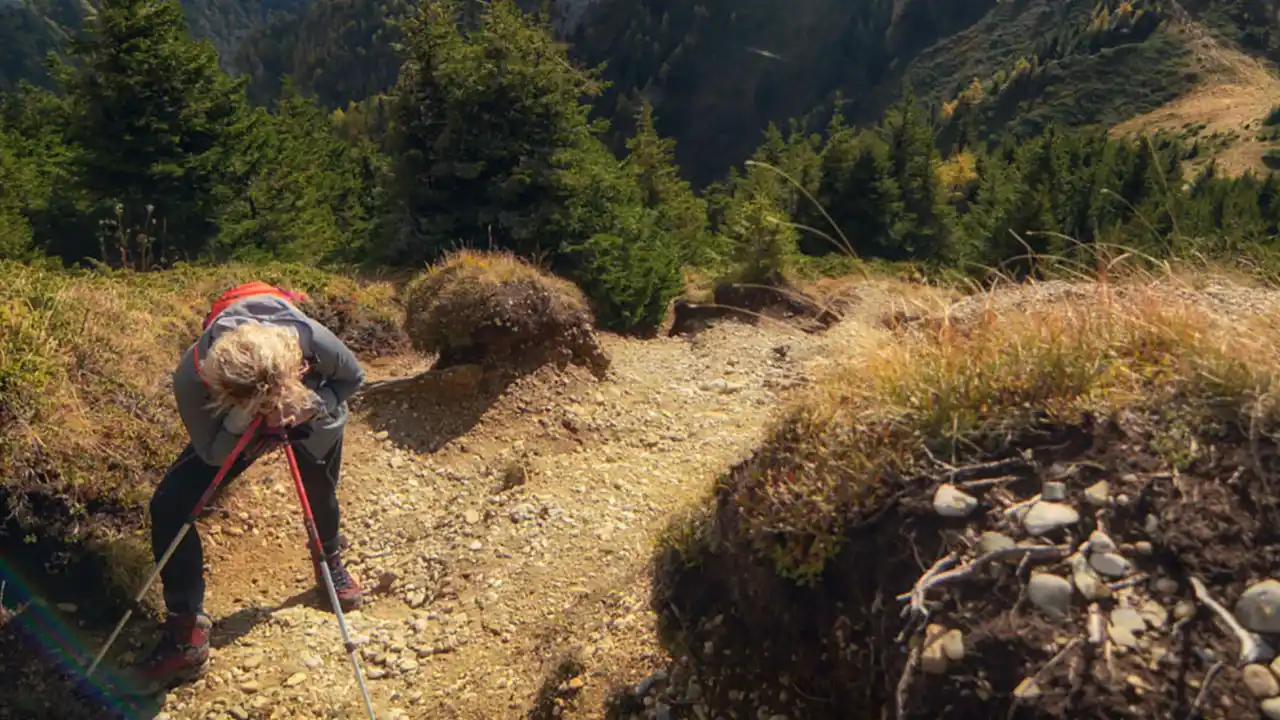Choosing the Right Tent for Your Trip
Selecting the right tent depends on your destination and travel style. We compare different tent types, sizes, and features. Find the perfect tent to protect you from the elements and provide a comfortable shelter.
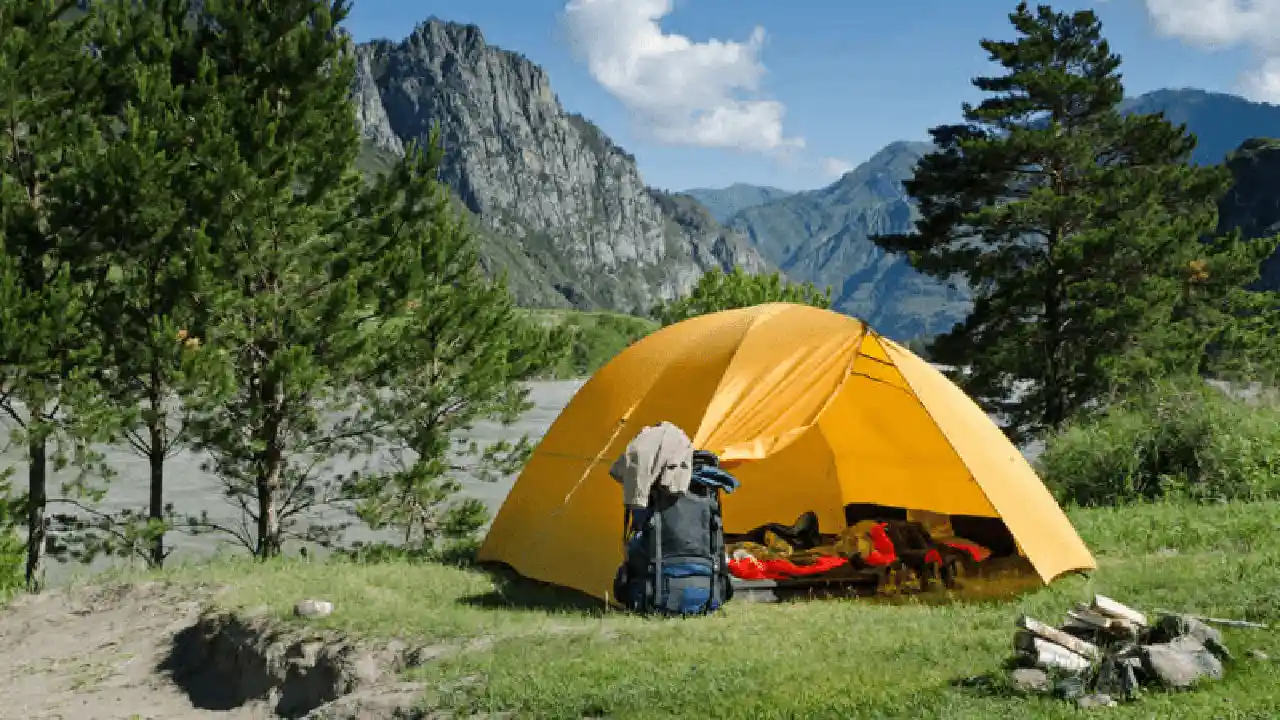
Understanding Tent Types: Backpacking Tents vs Car Camping Tents
So, you're planning an adventure and need a tent, huh? Awesome! But hold on a sec – not all tents are created equal. The type of tent you choose really depends on what kind of trip you're planning. Are you trekking through the mountains, or are you setting up camp next to your car? That makes a HUGE difference.
Backpacking Tents: These are your lightweight champions. They're designed to be carried long distances, so every ounce counts. Think minimalist design, durable materials, and easy setup. They often sacrifice space for weight savings. If you're counting grams, this is your category.
Car Camping Tents: Comfort is king (or queen!) here. These tents are usually larger, heavier, and packed with features. Think multiple rooms, standing height, and maybe even a porch. Weight isn't a huge concern since you're not carrying it far. It’s all about creating a comfy home base.
Tent Size and Capacity: How Many People (and Gear!)?
Okay, so you know what *kind* of tent you need. Now, how *big* should it be? Tent capacity is usually listed as the number of people it can *technically* fit. But here's a pro tip: always size up! A \"2-person\" tent is often snug for two adults, especially if you have gear. Consider a 3-person tent for two people, or a 4-person tent for a family of three.
Think about gear storage too. Do you want to bring your backpacks inside? Do you need space for muddy boots? A larger tent gives you room to spread out and stay organized. Nobody wants to be tripping over gear in the middle of the night.
Key Tent Features: Weather Resistance, Ventilation, and More
Beyond size, there are a bunch of features that can make or break your camping experience. Let's break down the essentials:
- Weather Resistance: This is HUGE. Look for tents with a waterproof rainfly (the outer layer) and a bathtub floor (where the floor material extends up the sides to prevent water from seeping in). Seam-sealed construction is also critical. Check the waterproof rating (measured in millimeters) – a higher number means better water resistance.
- Ventilation: Condensation is the enemy! Good ventilation helps prevent moisture buildup inside the tent. Look for mesh panels, vents in the rainfly, and doors that can be partially opened.
- Ease of Setup: Nobody wants to spend hours wrestling with tent poles. Look for tents with color-coded poles and easy-to-follow instructions. Practice setting it up at home before you hit the trail.
- Durability: The materials matter. Look for durable fabrics like ripstop nylon or polyester. Sturdy poles (aluminum is generally better than fiberglass) are also essential.
- Vestibules: These are covered areas outside the tent door that provide extra storage space. They're great for stashing muddy boots and backpacks.
Tent Materials: Nylon vs Polyester vs Canvas
The material of your tent affects its weight, durability, water resistance, and price. Here's a quick rundown:
- Nylon: Lightweight, strong, and relatively inexpensive. Often coated with silicone or polyurethane for water resistance. Tends to stretch when wet.
- Polyester: More UV resistant than nylon, so it won't degrade as quickly in the sun. Doesn't stretch as much when wet. Often slightly heavier and more expensive than nylon.
- Canvas: Durable, breathable, and naturally water-resistant (when properly treated). Very heavy and bulky, making it suitable only for car camping.
Tent Pole Materials: Aluminum vs Fiberglass
The tent poles are the skeleton of your shelter, so choose wisely.
- Aluminum: Strong, lightweight, and durable. Can bend without breaking, making them more resistant to wind. More expensive than fiberglass.
- Fiberglass: Less expensive than aluminum, but also heavier and less durable. Prone to breaking, especially in cold weather.
Specific Tent Recommendations and Comparisons
Alright, let's get down to some specific tent recommendations, keeping in mind the US and Southeast Asia markets. Prices can vary, so these are approximate.
Backpacking Tents:
- REI Co-op Half Dome 2 Plus: (US Market) A popular and reliable 2-person tent. Good balance of weight, space, and price. Around $279. Great for beginner backpackers.
- Big Agnes Copper Spur HV UL2: (US Market) An ultralight option for serious backpackers. Spacious for two people. Pricey, around $550.
- Naturehike Cloud Up 2: (Southeast Asia Market) A very popular budget-friendly option available on platforms like Lazada and Shopee. Lightweight and compact, ideal for solo travelers or couples. Price ranges from $80 - $120.
- Decathlon Forclaz Trek 500 2-Person: (Southeast Asia Market, and increasingly available in the US) A good balance of price and performance. Durable and relatively lightweight. Around $150 - $200. Widely available in Decathlon stores across Southeast Asia.
Car Camping Tents:
- Coleman Sundome 4-Person Tent: (US and Southeast Asia Market) A classic and affordable option. Easy to set up and provides good weather protection. Around $80.
- REI Co-op Base Camp 6: (US Market) A spacious and well-ventilated tent for families. Durable and weather-resistant. Around $529.
- Quechua Arpenaz 4.1 Family Tent: (Southeast Asia Market) Available at Decathlon. Offers a separate living area and sleeping area. Good for families. Around $250 - $300.
- Ozark Trail 16x16 Instant Cabin Tent: (US Market - Walmart Exclusive) Large and easy to set up. Can accommodate a large group or family. Around $250.
Tent Comparison Table:
| Tent Model | Type | Capacity | Weight | Price (Approx.) | Pros | Cons | Market Focus |
|---|---|---|---|---|---|---|---|
| REI Co-op Half Dome 2 Plus | Backpacking | 2-Person | 5 lbs 5 oz | $279 | Good balance of weight and space | Can be a bit heavy for ultralight backpacking | US |
| Big Agnes Copper Spur HV UL2 | Backpacking | 2-Person | 3 lbs 2 oz | $550 | Ultralight and spacious | Expensive | US |
| Naturehike Cloud Up 2 | Backpacking | 2-Person | 4 lbs | $80 - $120 | Affordable, Lightweight | Durability might not be as high as more expensive options | Southeast Asia |
| Coleman Sundome 4-Person Tent | Car Camping | 4-Person | 9.7 lbs | $80 | Affordable and easy to set up | Not as durable as more expensive options | US & Southeast Asia |
| REI Co-op Base Camp 6 | Car Camping | 6-Person | 18 lbs 1 oz | $529 | Spacious and durable | Heavy and expensive | US |
| Quechua Arpenaz 4.1 Family Tent | Car Camping | 4-Person | 15 lbs | $250 - $300 | Separate living and sleeping areas | Bulky to transport | Southeast Asia |
Choosing a Tent: Consider Your Specific Needs
Ultimately, the best tent for you depends on your specific needs and preferences. Consider these factors:
- Your budget: Tents range in price from under $100 to over $500. Set a budget and stick to it.
- Your typical trip length: For longer trips, invest in a more durable and comfortable tent.
- The weather conditions you expect: If you're camping in rainy or windy conditions, prioritize weather resistance.
- The type of terrain you'll be camping on: If you're camping on rocky terrain, consider a tent with a durable floor.
- How much space you need: Size up if you want extra room for gear or if you're camping with multiple people.
Tent Care and Maintenance: Keeping Your Shelter in Top Shape
Taking care of your tent will prolong its life and ensure it stays in good condition. Here are a few tips:
- Clean your tent after each trip: Remove dirt, leaves, and other debris.
- Dry your tent thoroughly before storing it: This will prevent mold and mildew.
- Store your tent in a cool, dry place: Avoid storing it in direct sunlight or in a damp basement.
- Use a footprint: A footprint is a piece of fabric that goes under your tent floor to protect it from abrasion and punctures.
- Repair any damage promptly: Small tears and holes can quickly become larger problems.
Where to Buy Tents: Online Retailers and Local Shops
You can buy tents from a variety of retailers, both online and in brick-and-mortar stores.
- REI (US): A popular outdoor retailer with a wide selection of tents.
- Amazon (US & Southeast Asia): A convenient option with a huge selection and competitive prices.
- Decathlon (Southeast Asia & Increasingly US): Offers a range of affordable and durable tents.
- Lazada/Shopee (Southeast Asia): Online marketplaces with a wide variety of tents at competitive prices.
- Local Outdoor Shops: Often offer expert advice and a chance to see the tents in person.
:max_bytes(150000):strip_icc()/277019-baked-pork-chops-with-cream-of-mushroom-soup-DDMFS-beauty-4x3-BG-7505-5762b731cf30447d9cbbbbbf387beafa.jpg)



